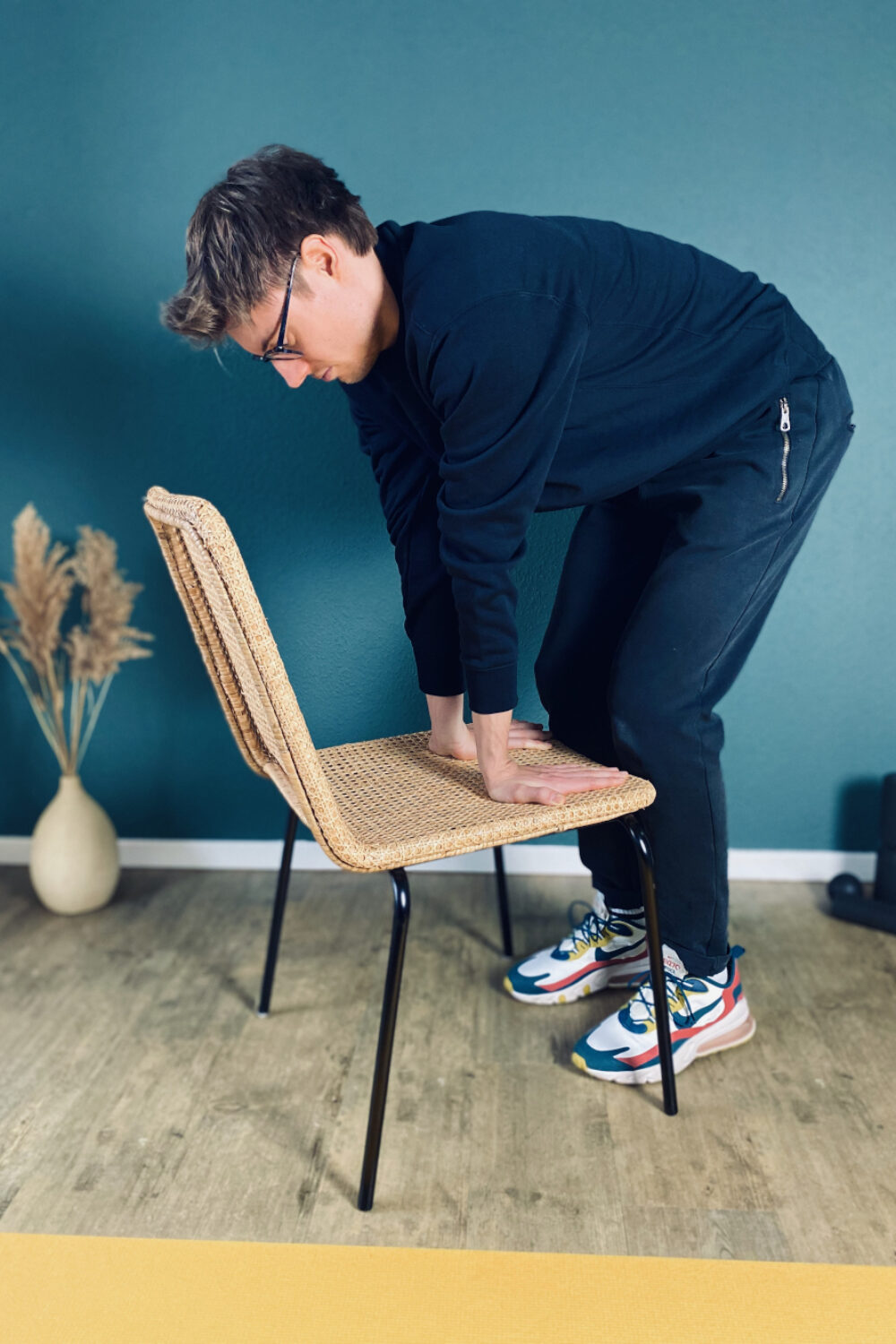EXERCISES AND STRETCHES FOR WRIST PAIN RELIEF
With just a few minutes a day you can relieve tension and pain in your wrists. Start with these exercises now!
We have come up with an easy program for pain and mobility exercises to relieve wrist discomfort. It is important that you do these exercises regularly. Only if you stretching develop a routine you will notice how your mobility increases and your pain relieves.
We want your wrists to move freely in all directions and to stimulate nutrient healing processes through stretching exercises.
Stretch as much as you can. You may reach an intensity that produces an uncomfortable sensation in your wrists. As long as your breaths are regular, long and calm, you are doing just fine. Should you, however, notice too much pain or discomfort, take a step back and find an intensity that fits you best.
Follow Jo's stretching routine on video or set your own pace by using our photo instructions below.





